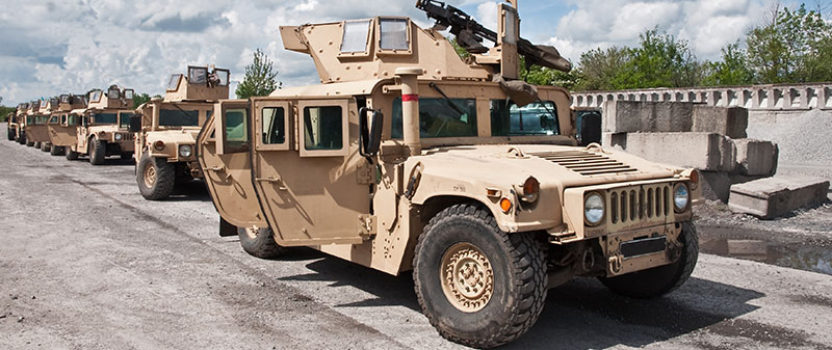Convoy Operations: The Mission
The mission was not simple; it was not safe. The mission was to take troops and supplies north from Kuwait throughout Iraq. The danger was the enemy’s favorite: the IED. There is no MOS in the military for convoy operations, so if you were deployed in support of OIF, you may have been involved in some type of convoy operation. This was no easy mission, and it posed constant danger, especially if you were assigned to convoy operations in OIF from 2003 to 2009.
The Task
The task: take supplies and personnel to support allied forces in Iraq. There was constant danger of IEDs from the time you left K Crossing until you returned to Kuwait. I once was assigned a convoy mission, and it took 28 days. I basically hopped from one FOB to another with supplies, equipment, and even personnel. Our job was to provide combat support to the convoy using Humvees and military weapons to defeat enemy attacks and threats. There were normally a minimum of 4 gun trucks assigned to a convoy. There would be one in the front, one in the rear, and two either roving or placed logistically in the convoy to oppose against any enemy threat. We started at K Crossing and ended up all the way north in Q West.
The Danger
The danger was constant in convoy operations, especially in the early years. Back then, the up-armor was not what it is today. It increasingly got better as the threats got worse. There were many soldiers, airmen, marines, and sailors wounded or killed in action during a convoy mission. The threat was not just from IEDs. There were constant threats of complex-lead attacks by insurgents with RPGs, CBIED, and small firearms. There was even a threat of just getting into vehicle accidents during the mission. There was a large amount of injured and dead during a convoy mission from vehicle rollovers or just accidents themselves. The 88M and mainly Air Force logistics personnel did the driving of HETS and large eighteen-wheel vehicles used to transport supplies and equipment throughout Iraq. You can only really imagine the danger if you did work in convoy ops. The gun trucks constantly provided security for sometimes more than 38 vehicles per convoy. If you were there in the early days, you knew the danger. You lived through the threat of constant attacks and IEDs. The gunners were often under fire from enemy weapons.
The IED
The enemy’s favorite weapon was the IED then as time went on, the most dangerous became the EFP, which was unstoppable. If you traveled from Kuwait and north through Iraq, you were on constant watch either as a driver, a gunner, or truck commander for IEDs. Then if you were lucky to find them, you probably spent hours waiting for EOD to remove them so you may continue the mission. Once you stopped on a convoy op, the danger became even greater. You were then at the mercy of your enemy and their attack. Gunners and everybody in the convoy was on constant watch for signs of the enemy. The IED was the number one cause of wounded or killed in action throughout OIF.
Your Performance
To the military and civilian personnel that were assigned to convoy operations, your performance and excellence was unsurpassed. You did a dangerous job with excellence and honor. You may not have been on the ground facing the enemy on patrol, but you’re one of the main reasons the war was won. You defeated the enemy in many ways. You performed a duty that was outside your MOS and you did it well. You faced a constant enemy threat and moved on. You worked long hours to provide support and drive trucks across a pontoon bridge or check point 595 alpha. You took on a mission and completed it daily. You went to the next FOB facing danger at every turn. Thank you for a job well done! You represented your country with true honor and loyalty and protected the freedom we all enjoy today.


